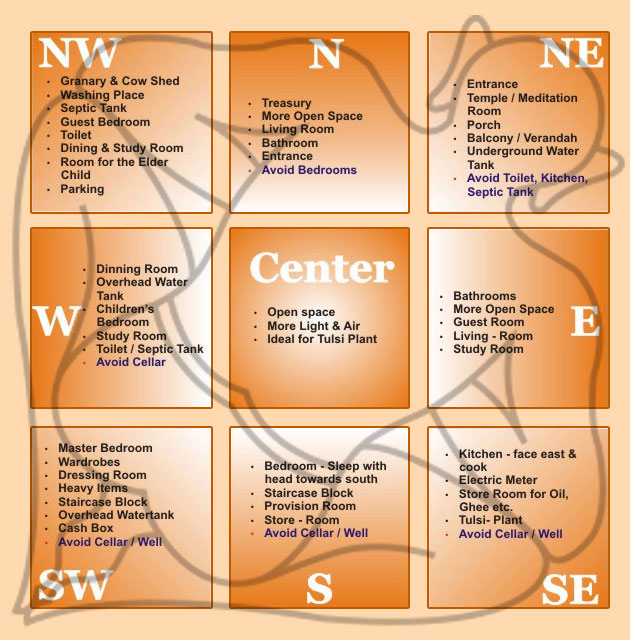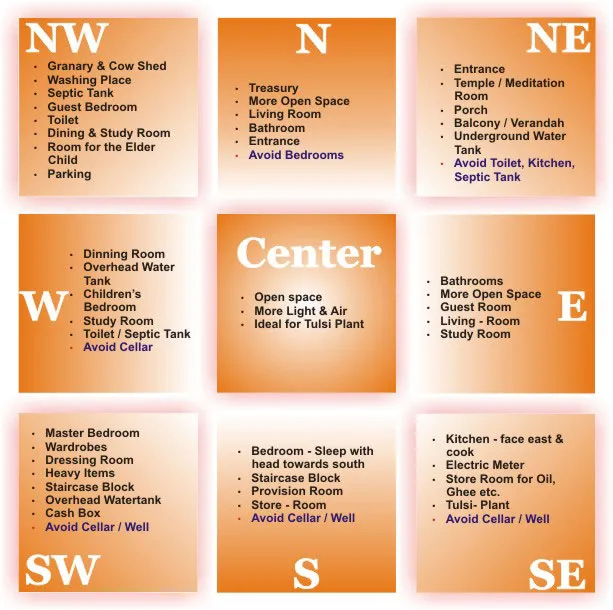- December 12, 2023

Vastu Shastra is not limited to Hindu architecture; it extends to traditional Indian design principles rooted in considerations such as wind direction, the Earth’s magnetic field, and position of the sun and moon.
This ancient Indian science of architecture, known as Vastu, focuses on creating harmonious and livable spaces by harnessing the benefits offered by nature. By integrating principles from science, art, and astronomy, Vastu Shastra looks around to balance the five elements of nature with the elements of human life and material surroundings. The goal is to ensure abundance, good health, and prosperity in the spaces we inhabit.
Fostering a positive energy field becomes essential in the quest for a house to become a home truly. With its holistic approach, Vastu Shastra aims to align the built environment with the natural forces, creating spaces that function well and contribute to the well-being and positive energies of its occupants.
Vastu Insights for Positive Living
Positioning of Various Rooms in the House:
According to Vastu principles, the main entrance of a home plays a crucial role, and it is recommended that the main door faces North, North East, or East to attract positive energy. It is advised to refrain from painting the main door black and ensuring a well-lit entrance adds to the welcoming ambiance. The main bedroom is ideally positioned in the South West for stability, while the kitchen, associated with Agni Moola, is suggested to be in the South East. The Pooja room finds its place in the North East or East direction for auspicious vibrations. In adherence to Vastu, South West is deemed Kuber Moola, making it the recommended location for a safe locker for financial well-being. Keeping the center of the home, known as Brahmasthana, clutter-free is essential for a positive energy flow. Water features or fountains are advised to be placed in the northeast direction to enhance prosperity. Vaastu aims to create a harmonious and positive living environment by aligning these elements and principles.
Vastu Principles for Mirrors:
According to Vastu principles, mirrors should never reflect the bed or your study area. This is believed to avoid the multiplication of negative energy and disturbances in these crucial spaces. Ensuring that mirrors are strategically placed to enhance positive energy flow is critical to maintaining harmony.
Vastu for Paint Colors:
The choice of paint colors plays a significant role in Vastu. It advises against using black or red colors for the house, as these are considered to attract negative energies. Opting for lighter, soothing colors is recommended to create a balanced and positive environment within the living spaces.
Vastu for Indoor Plants:
Indoor plants are considered to bring positive energy, but Vastu suggests avoiding cactus or thorny plants as decor pieces. Instead, incorporating plants like Tulsi or Neem is recommended, as they are believed to have encouraging and beneficial properties that contribute to a positive atmosphere.

Direction of Bed Headboard:
According to Vastu, the direction of the bed headboard is crucial for promoting good sleep and well-being. Positioning the bed with the headboard facing North is discouraged, as it is believed to disrupt the body’s magnetic field. The South direction is considered the best for the bed. Additionally, Vastu advises against placing the TV in front of the bed and discourages having temples inside the bedroom. Instead, it recommends incorporating mood lighting and serene paintings of nature for a tranquil sleep environment.
Lighting:
In Vastu, dim lighting is considered unfavorable for the house. Adequate and well-distributed lighting is recommended to promote a positive and vibrant energy flow throughout the living spaces. Good lighting is believed to uplift the overall ambience and create a more positive atmosphere.
Natural Ventilation:
Vastu emphasizes the importance of natural ventilation in maintaining a healthy and positive environment within the home. Ensuring proper airflow by incorporating windows and ventilation systems is encouraged to allow fresh air circulation and prevent energy stagnation. This aligns with the belief that a well-ventilated space contributes to the overall well-being of its occupants.
Conclusion
Integrating Vaastu principles with home interior design involves a thoughtful balance of layout, color choice, furniture placement, and use of natural elements. As interior designers in Bangalore, we create spaces that not only meet aesthetic expectations but also contribute to the well-being of the inhabitants.We help you to create a modern and Vastu-compliant home with vigilant design and planning.
